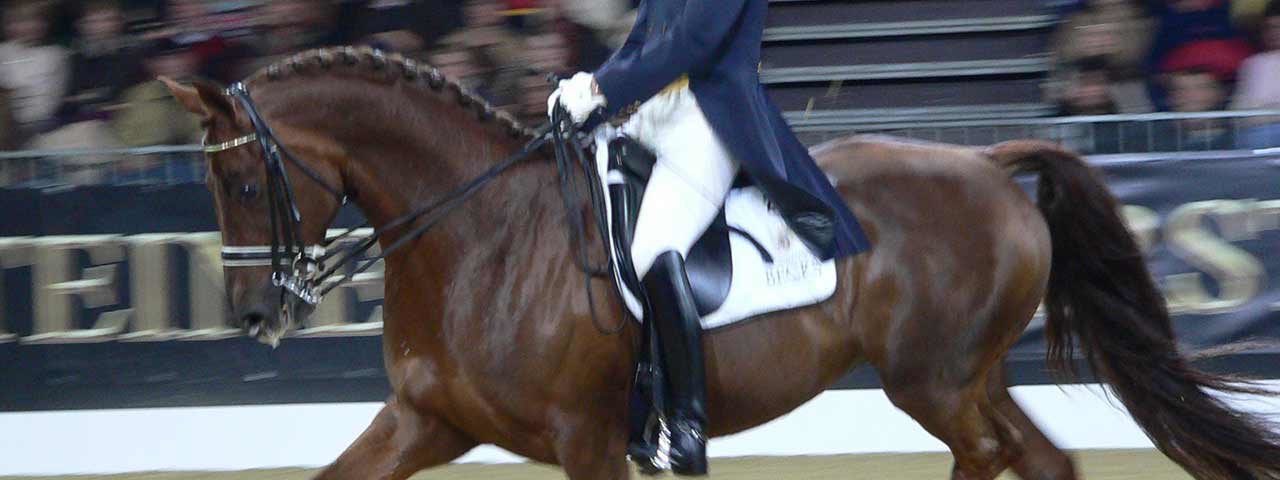
Injured Sports Horses Are Benefiting from PRP Therapy
Platelet rich plasma (PRP) therapy is a novel and promising type of regenerative medicine treatment that has proven to be effective in the treatment of athletes’ sports injuries such as tennis elbow. But athletes are not the only ones who can benefit from PRP therapy, sports horses have been successfully treated as well.
According to the University of California, Davis, all horses are prone to developing tendon and ligament injuries, regardless of their breed and function, however, athletic horses are at a greater risk.
Tendon and ligament injuries in horses are characterized by having a very slow healing rate and a high rate of recurrence. Serious injuries usually require difficult and expensive treatment and may, in some cases, end with the sporting career of a horse.
Until recently, tendon and ligament injuries in horses had been managed with palliative treatments that do not stimulate tissue healing. The recent advancements in regenerative medicine, both in humans and animals, have opened a new treatment possibility for racing horses.
The main advantage of PRP therapy is that it may lead to tissue regeneration and healing, in other words, PRP stimulates the body to heal the injured tendon or ligament.
According to Dr. Larry D. Galuppo, a veterinarian and horse surgery specialist, PRP therapy can improve the healing process in horses and reduce the chances for re-injury after the horses have returned to their typical activities.
The Case of Aidan the Horse
The Veterinary Medical Teaching Hospital of the University of California, Davis published the case study of a sporting horse named Aidan.
Aidan presented to the hospital for being lame on his right forelimb during 10 days. After a thorough physical examination and various diagnostic procedures, including an ultrasound of the lame limb, Aidan was diagnosed with an injury of the collateral ligament injury of the right limb.
Aidan was treated with PRP therapy and anti-inflammatories, and he was in rehabilitation during 6 months. Aidan’s signs of lameness began to improve 30 days after he received the first PRP injection. The lameness signs continued to improve through the months with constant rehabilitation therapy and Aidan was able to return to his normal activities.
Aidan’s positive response to PRP therapy shows that this is a promising therapy for athletic horses, that could help valuable horses return to their normal functions.
Reference:
University of California, Davis. School of Veterinary Medicine. Platelet-Rich Plasma: Improving Treatment for Tendon and Ligament Injuries. (2011). The horse Report. Volume 29.
FIND OUT MORE ABOUT CLINICAL APPLICATION OF PRP THERAPY
Arthritis
Tennis Elbow
Hair Loss
Skin Rejuvenation
